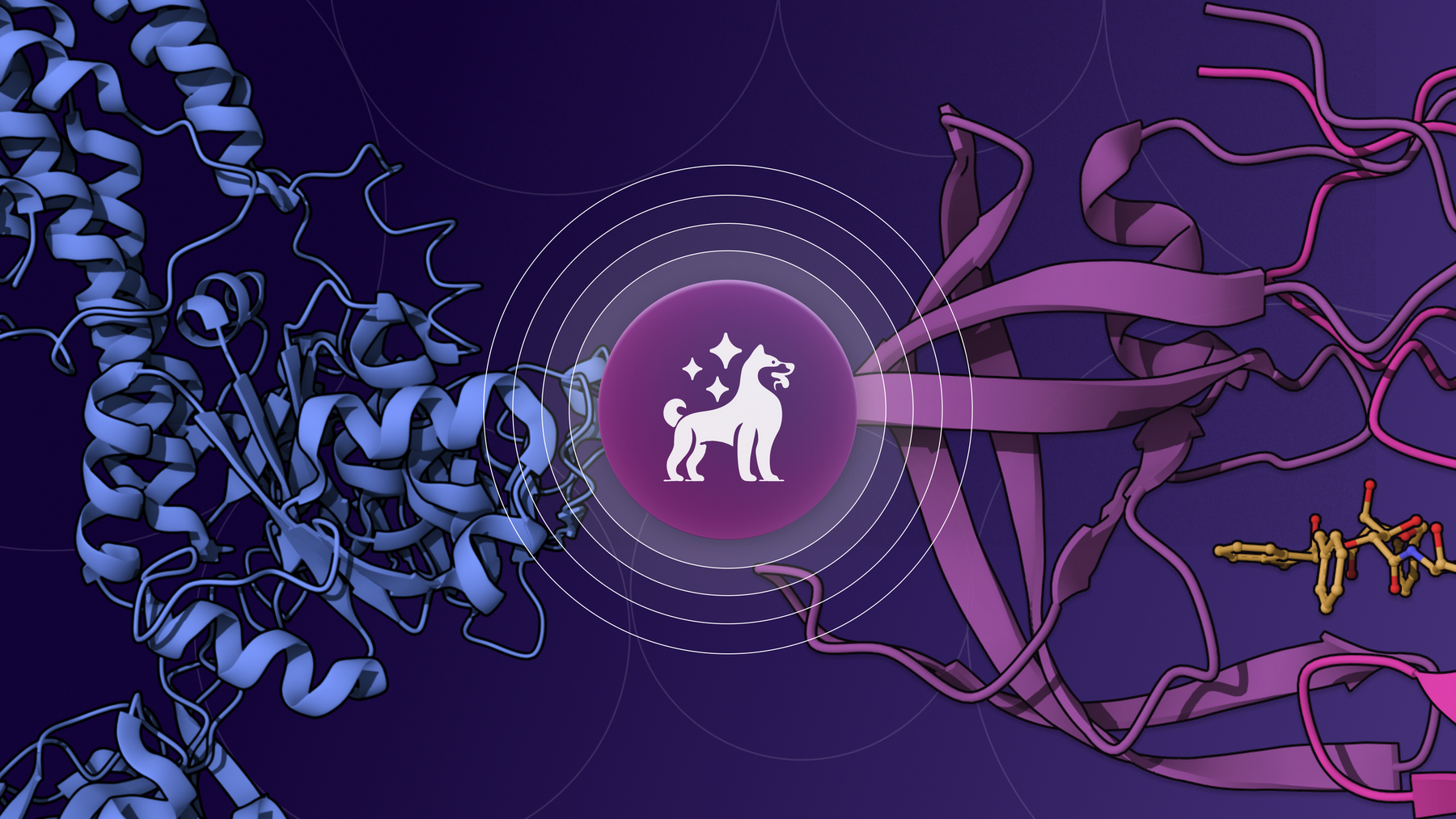The progress in the last century is breathtaking. But we’re moving too slow.
While we have doubled our lifespan1 and begun to modify our cells and genes to cure diseases that were once death sentences2, disease still claims >60 million lives each year and causes ~90% of deaths globally3,4. Progress in extending human healthspan has stalled in the last 20 years1, while the yield of new disease treatments has plummeted from 80 drugs to less than 1 drug per $1 billion of R&D spent5. For all our effort, biotechnological breakthroughs are difficult to reach. Why?
The intrinsic complexity of biology
First, biology is deeply complex. There are ~23,000 genes in humans6 and we do not know the function and interactions of many of them. This means the guesses we make about disease and treating it are often wrong; in medicine, >90% of all spending on drug development is lost to failures7. Roughly 40% of those failures are in Phase III, wasting 10-15 years, hundreds of millions of dollars, and the hopes of countless patients8. Despite centuries of study into human biology, we are still taking shots in a darkness illuminated by only brief flickers of light – and it is costing us.
The growing complexity of R&D
Second, how we work in R&D has grown in complexity. What once was the work of a lone researcher and small teams has become a sprawling tangle of research across and between domains. R&D today requires integrating hundreds of different protocols, tools, software packages, and services to bring a product to market – many of which were not designed to handle today’s data volumes. And as R&D has become more complex, our ability to integrate data, make decisions, and execute has slowed. We’ve heard immense frustration over this complexity and delay from nearly every team we’ve spoken with.
Our approach: an operating system for biology R&D
We see this challenge as a call to action. We’re building a unified ‘operating system’ for biology R&D. In computing, operating systems empowered users and developers by (1) abstracting control of hardware and (2) integrating software through common interfaces. This dramatically increased the number of people able to use computers and their productive potential, ushering in the Digital Age.
We envision a platform that will similarly integrate the tools of R&D and spur progress in solving the most critical problems in human health. It will democratize science by increasing accessibility to tools for critical functions, such as data analysis and simulation, while also providing flexibility for experts to rapidly customize tools to their needs. It will allow wet-lab and computational researchers to collaborate more effectively. And it starts with addressing a major pain point today: drawing insights from the data they worked so hard to generate.
This is the platform we wished existed as we worked in industry and academia, from bench to boardroom. It’s ambitious, and we’re excited to build it. We’d love for you to join us.
References
- Roser M., Ortiz-Ospina E. & Ritchie H. (2013). Life expectancy. https://ourworldindata.org/life-expectancy.
- Mukherjee S. (2000). The song of the cell: An exploration of medicine and the new human. ISBN: 9781982117351.
- World Health Organization (2020). The top 10 causes of death. https://www.who.int/news-room/fact-sheets/detail/the-top-10-causes-of-death.
- The World Bank (2020). Cause of death, by injury. https://data.worldbank.org/indicator/SH.DTH.INJR.ZS.
- Scannell J. W., Blanckley A., Boldon H. & Warrington B. (2012). Diagnosing the decline in pharmaceutical R&D efficiency. Nat. Rev. Drug Disc., 11(3), 191-200. DOI: 10.1038/nrd3681.
- Salzberg S. L. (2018). Open questions: How many genes do we have? BMC Biol., 16(1), 1-3. DOI: 10.1186/s12915-018-0564-x.
- Dowden H. & Munro J. (2019). Trends in clinical success rates and therapeutic focus. Nat. Rev. Drug Discov, 18(7), 495-496. DOI: 10.1038/d41573-019-00074-z.




.png)







.png)
.png)
.png)

.png)







.png)
.png)
.png)



.png)


.png)

.png)